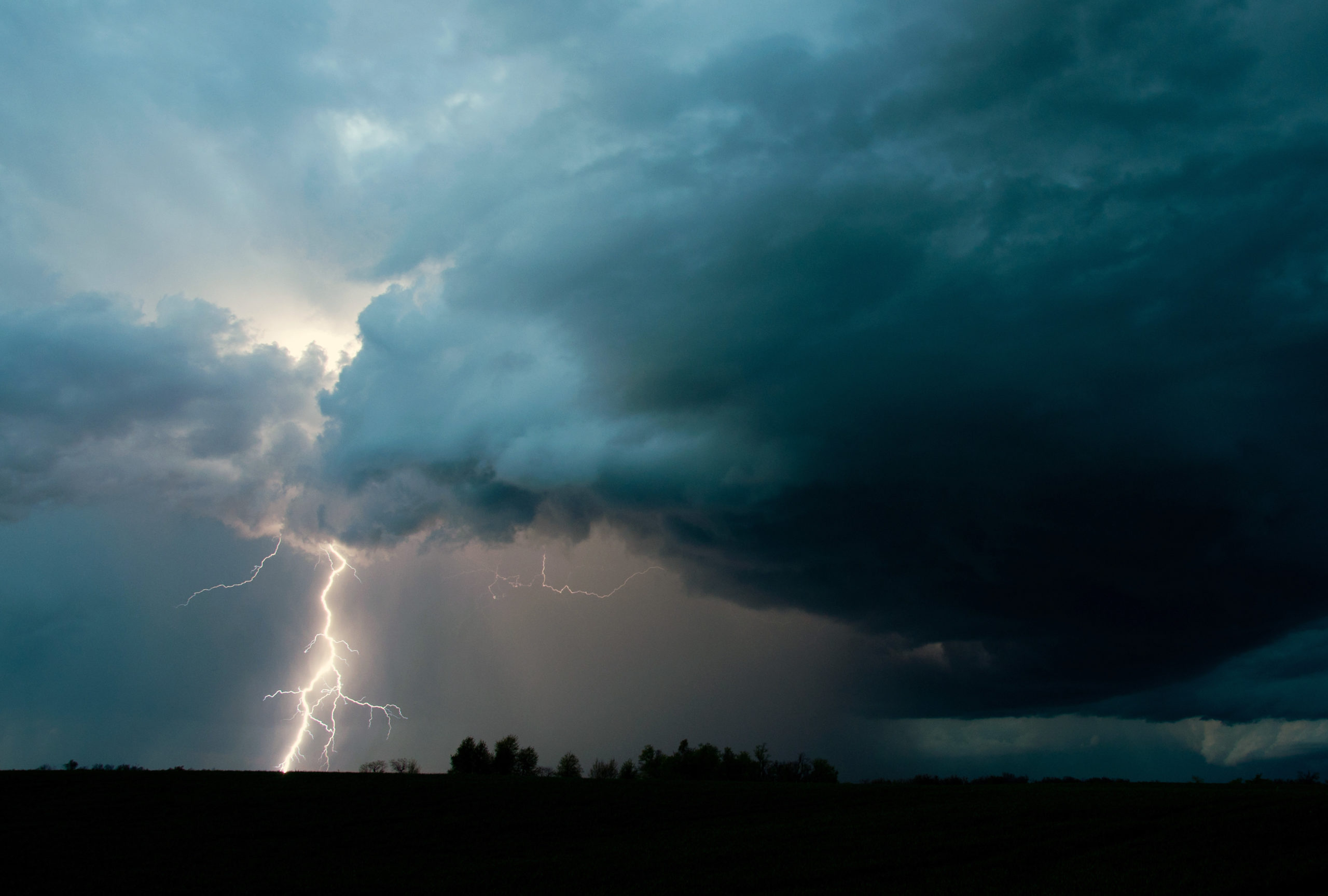Stay alert: Keeping an eye on watches and warnings.
Spring can bring severe weather to the Southeast: tornadoes, with their extreme, twisting winds; and severe thunderstorms, which can unleash torrential, flooding downpours and even damaging hail.
To keep your family safe during severe weather, know how to monitor conditions. You’ll want timely information when things are dark and howling.
Tornado watches vs. tornado warnings
A watch means weather conditions are ripe for certain hazards – for example, tornadoes. If a watch is issued for your area, monitor weather reports and be ready to take cover in a safe place if the watch changes to a warning.
A warning means a tornado has actually been spotted, thus there is more imminent danger than during a watch. When a tornado warning is issued for your county or community, take cover inside a sturdy building, away from windows, preferably in a basement or storm shelter. Stay there until the warning is lifted.
Tornado sirens
Many Middle Tennessee cities and counties have networks of tornado sirens to sound tornado warnings. But they’re often inaudible indoors. Don’t rely on them as your only warning system.
Use apps to plan ahead for storms
There are many sources of real-time information during severe weather. Most local television news channels provide storm updates, but if you’re sheltering in a basement or bathroom during a tornado warning, you may not be able to watch TV reports. Have at least one app on your phone to alert you to storm watches and warnings, and when they’re lifted. Don’t rely on just one source of weather information during storms. Try out a few apps and websites on good-weather days so you’re familiar with them when rain and hail start pounding your roof.
Keep your phone, tablet or laptop charged when forecasts turn ominous so if your power cuts off during severe weather, at least your information won’t. It wouldn’t hurt to also have a back-up power source for your devices in case the power is off for a while.
Where to get the best information about storms
Here are a few sources for accurate, real-time weather information for Middle Tennessee.
1. NOAA-compatible weather radios
NOAA is the National Oceanic and Atmospheric Administration. NOAA Weather Radio (NWR) is a national network of stations that continually broadcast weather information. A NOAA-compatible weather radio provides county-by-county alerts for tornado watches and warnings, severe thunderstorms, flash floods and more.
You can buy these radios from many sources: Amazon, Walmart, Target, sporting goods stores, pharmacy chains and others. The radios may carry different brands (Midland is a common one). Be sure to buy one labeled as a NOAA weather radio.
For help programming your NOAA radio, see NOAA’s Nashville metro area website.
2. The National Weather Service
Go to mobile.weather.gov, on desktop or a mobile device. Type in your ZIP code to get current weather conditions, a forecast, any special alerts and radar and satellite views.
3. The Weather Channel
The Weather Channel offers free apps for mobile devices. It provides current weather conditions and forecasts by city; program the app to display the city or cities of your choice. The app will display watches and warnings when they occur for those places. On desktop, log in to www.weather.com and enter your ZIP code for current information.
4. Weather Underground
The Weather Underground is one of the top online commercial weather services. This site, www.wunderground.com, and mobile apps provide a list of nearby weather stations after you type in a location, and the conditions and forecast coming from the weather station of your choice. Its information is therefore more specific than forecasts for an entire city or county.
5. Use Twitter to your advantage
On Twitter, follow @NashSevereWx, short for Nashville Severe Weather, for live tweeting of extreme weather events in Tennessee’s Davidson and Williamson counties. The weather buffs running this Twitter feed keep up a steady banter with followers during storms, and the conversations effectively provide a play-by-play of what the weather is doing, and where it’s doing it, within these counties.
Similar Twitter feeds serve other Middle Tennessee counties (for example, @WilsonSevereWX). For a list, click on “Who to Follow” on @NashSevereWx’s website.
Maura Ammenheuser is a web content producer for Vanderbilt University Medical Center. During her first tornado warning after moving to Middle Tennessee she learned to juggle cell phone, iPad, laptop, two kids and a dog in a small enclosed space.

